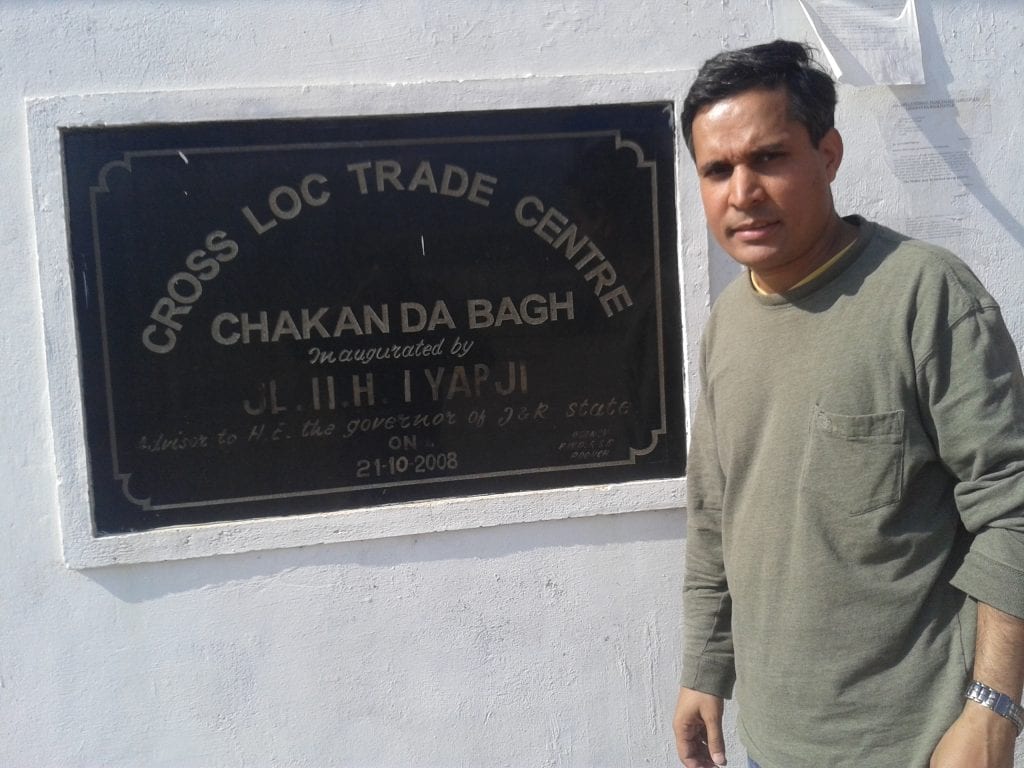Tactics For Resolving Kashmir Conflict Focus of Book

Debidatta Aurobinda Mahapatra, Ph.D, in Kashmir
Longstanding disputes between countries are not solved overnight. But there are ways to mitigate the violence during the transitional period.
That’s the focus of a book by Debidatta Aurobinda Mahapatra, Ph.D., entitled “Conflict Management in Kashmir: State-People Relations and Peace,” published by Cambridge University Press. Mahapatra, an adjunct professor in the Political Science department, brought years of research and field experience in international conflicts to the study into the tumultuous Kashmir region between India and Pakistan. The study involved more than two years of interviews with people about the impact of the conflict on their lives.
“It takes a long time to resolve conflict between countries; my goal is to at least stop the violence,” Mahapatra said.
One of the strategies for doing that leans on the protracted social conflict theory, which argues that conflict rises when the political elite fails to address non-material and material needs of the general population. Political participation and trade opportunities are included in those needs. The opening of two roads between the two parts of Kashmir, for instance, had a positive effect because it allowed trade and people-to-people interactions. Mahapatra recalls one particular ex-militant he interviewed who gave up the fight because “it’s more lucrative to engage in trade than militancy.”
The takeaway lessons for political powers is that it’s more beneficial to focus on what’s working with the population at large instead of pouring resources into military conflict. Terrorists and militants form such a small part of the population, that it’s far more cost-effective to end conflict by focusing on social change, Mahapatra said. He added, “India is a powerful case study for improving our understanding of conflicts and their management. I also use my research expertise on India in the courses I teach on international conflict and human rights, and students learn greatly from this illustrative case.”
